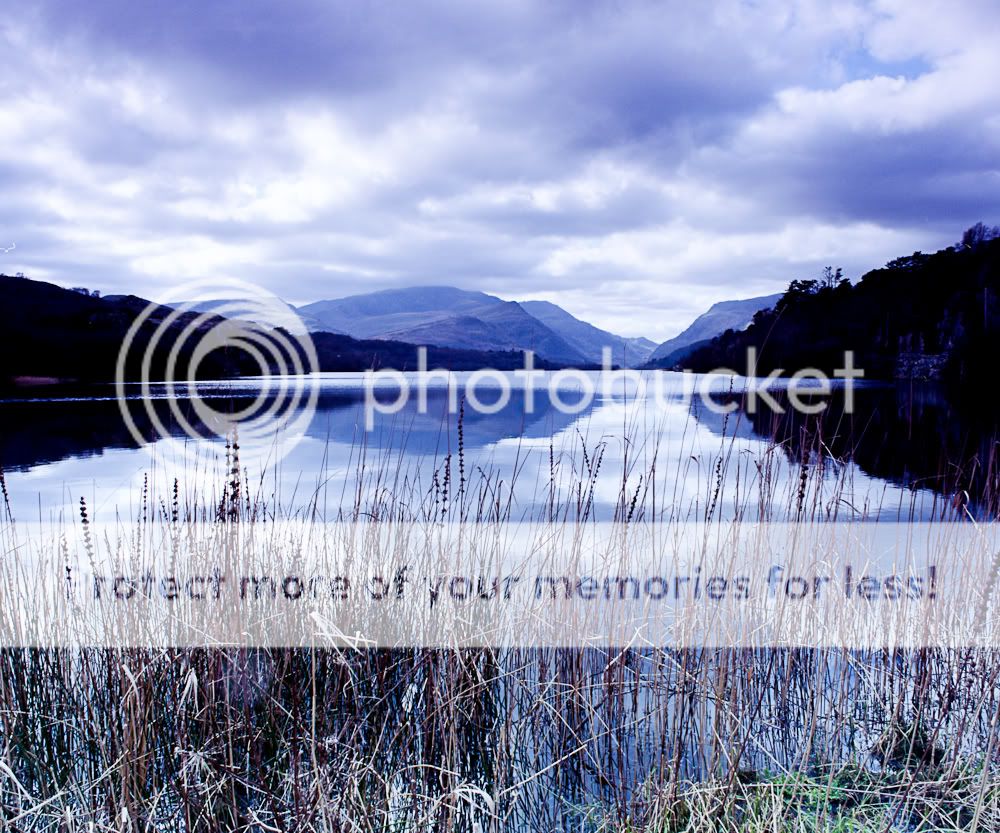robhooley167
Sir, my fingers are stuck together
- Messages
- 4,147
- Name
- Rob
- Edit My Images
- Yes
Hi Gang
I shot my first roll of ektar last week and now that its been developed by peak imaging its time to scan. The scans ive done so far have come out looking very cold with very little saturation. Could this be down to a scanner problem (V500 with Vuescan), scanner operator problem or a development problem?
Will post some images shortly
Rob
I shot my first roll of ektar last week and now that its been developed by peak imaging its time to scan. The scans ive done so far have come out looking very cold with very little saturation. Could this be down to a scanner problem (V500 with Vuescan), scanner operator problem or a development problem?
Will post some images shortly
Rob






